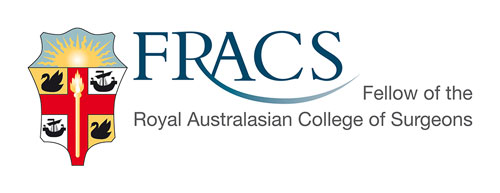MELANOMA
Melanoma is the 3rd commonest cancer in women(after breast cancer and bowel cancer) and 4th most common cancer in men(after prostate, bowel and lung)*. (Stats: Melanoma comprises 10% of all cancers, around 9500 new cases diagnosed annually, over 1200 people die from melanoma each year)
The common types of melanoma include:
(i) Superficial spreading melanoma
(ii) Acral lentiginous melanoma - this occurs in palms and soles and is common in Asians.
(iii) Lentigo maligna melanoma - this typically occurs in the elderly and arise from a long-standing darkly pigmented elsion on the the face
(iv)Nodular melanoma - this is a RAPIDLY growing nodule and very aggressive
(v) Metastatic melanoma - eg. Spread to the lymph glands - sometimes the primary site of the melanoma cannot be found
Warning signs
Any CHANGE in any skin lesion or the development of any new skin lesion needs to be brought to the attention of one's doctor. Warning signs include:
1. Asymmetry of the lesion
2. Border irregularity
3. Colour variability
4. Diameter - greater than 5mm
5. Elevation or Evolving lesion -The danger is that elevation can occur very rapidly in nodular melanomas.
Differential Diagnoses - benign lesions may look the same as melanoma to the untrained eye:
1. Seborrhoeic keratoses/wart - usally flat and slightly raised, appear stuck-on. Colour varies from yellowish-brown to dark brown. Some of the darkly pigmented ones may need biopsy to exclude a melanoma
2. Mole (Melanocytic naevus) People with multiple moles (Dysplastic naevus syndrome) are at increased risk of developing melanoma. ALL moles must be regularly checked as the can transform into a melanoma
3. Lentigo - this develop usually after adolescence. They are usually multiple(hence callded lentigines) and are grey-brown rather than dark.
Treatment
Once diagnosis is confirmed with initial excision biopsy : WIDE EXCISION with 1-2cm margin of normal skin - can be curative for thin melanomas. To close the defect , local flapsrotation flap, keystone flap) or skin graft may be needed
For thicker melanomas(1-4mm thick), SENTINEL LYMPH NODE may also need to be done to give more prognostic information and guide further treatment.
For local spread to lymph nodes - lymph node dissection.
For metastatic melanoma - chemotherapy(marginaly effectiveness) & immunotherapy(checkpoint inhibitors, oncolytic virus therapy,cancer vaccines, adoptive cell therapy, cytokines - amazing developments here!)
Prognosis
5 year survival - over 90%
Notes on the author :
Dr LP Cheah has a long-standing interest in dermatology and surgery on the skin. As a 4th year medical student, he won the Herman Lawrence Prize in Dermatology at the University of Melbourne(this prize is open to medical students from the 4th - 6th year and usually won by students in the 6th/final year). He also did his Advanced Study Unit in Melanoma. During his surgical training, he has also trained under plastic surgeons in Australia and UK and is familiar with plastic surgical techniques for the skin(eg local flaps to close defects in face/nose/lip/leg, skin grafts). A significant portion of his current work involves treating skin lesions/cancers.
Dr LP Cheah also has patients whom he sees & operates on privately who also attends review at the Peter Mac Melanoma Unit.
*BCC and SCC are not included in these statistics(for Victoria state)

